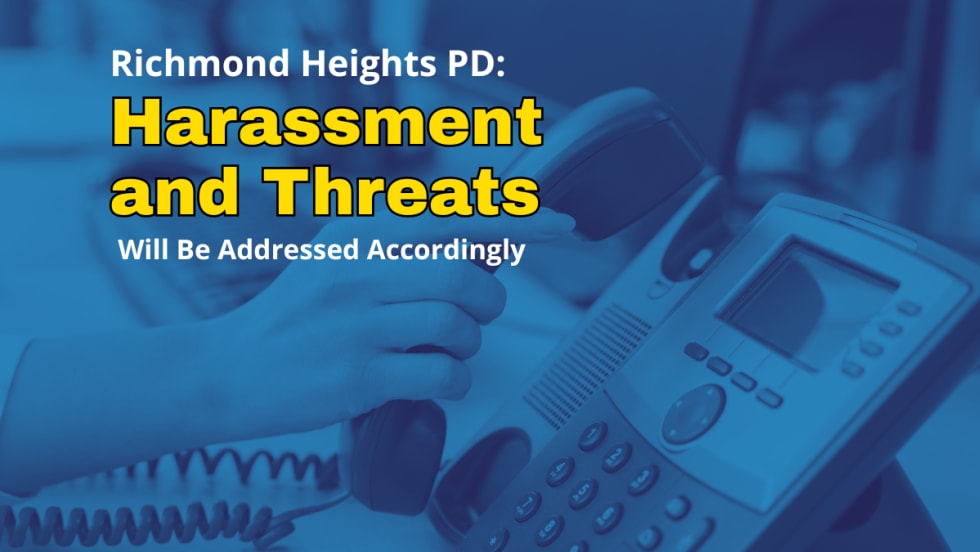Unfortunately, this attitude can carry consequences in an investigation. A week after the sniper incidents began, police found a note presumably left by the killers, near the school where a 13-year-old boy had been shot. Written on a Tarot card known as the “Death” card, it read, “Dear policeman, I am God.” Hoping to coax more communication, Moose went on live national television to deliver a thinly veiled response, alluding to God in his statement. But by the next day, the Tarot card’s message had been leaked. Pundits and psychics had taken their own 15 minutes to comment on its significance. Moose was outraged.
“What they had put out there was the back of the tarot card, with everything except the part that said, ‘Do not release to the press.’” Demme says. “It (the leak) sent a message to the shooters that law enforcement was not to be trusted. We now had to regain whatever confidence we could from the shooters.”
The dynamics of the Tarot card leak are unique. After all, most cases don’t require a department to respond to leaks live and in front of a national audience. In more common scenarios, some forthrightness can keep a leak from getting out of hand.
“I come from a standpoint of being honest,” says Dias. “When a leak comes out, it’s often good just to acknowledge the leak and say, ‘Yeah, that exists and we would prefer not to reveal that right now due to the investigation.’”
Credibility Counts












